Achieving a lean and toned physique is more than just weight loss. A lean physique is a delicate balance between shedding body fat and preserving or building muscle mass. Finding this balance is paramount for aesthetics, overall health, and functionality. The fitness journey is paved with misinformation. Without the proper knowledge or guidance, many people start extreme diets or intense cardio sessions only to lose fat and muscle.
The Difference Between Fat Loss and Weight Loss
The terms “fat loss” and “weight loss” are often used interchangeably in conversation without understanding the difference between the two. Losing fat versus losing weight refers to different physiological processes and outcomes. Fat loss is the reduction of stored fat in the body, which focuses on decreasing the percentage of body fat relative to lean mass. Weight loss is a broader term referring to the decrease in the body’s total mass, such as loss of fat, muscle, water, or bone density. To measure fat loss, it’s essential to understand body composition. Body composition analysis determines your fat mass to lean mass ratio, which can be done with tools like DEXA scans, calipers, or bioelectrical impedance scales. Weight loss can be measured through a standard scale determining your total body weight. People often get wrapped up in how much weight they’re losing rather than how much fat. If you want to lose body fat and preserve muscle mass, fat loss should be the goal, not weight loss.
A Guide on How to Lose Fat Without Losing Muscle
Whether you’re beginning your fitness journey or creating a new fitness goal, knowing what you’re doing is essential before jumping right into it. Starting a new fitness goal with the right tools and training sets you up for a successful and safe outcome. Understanding body composition for fat loss and muscle preservation helps you to realize that muscle is denser than fat, which means as you lose fat and build muscle, your physique improves even if your weight does not drop. Several factors play into achieving optimal results for losing body fat and preserving muscle, such as workout plans, sleep, nutrition, supplements, and lifestyle changes. Working with a personal trainer to can be beneficial if you don’t know where or how to start or want someone to help motivate and guide you.
The Role of Nutrition for Fat Loss and Muscle Maintenance
Nutrition is significant in seeing results and success in your fitness journey, especially for fat loss and muscle maintenance. Creating an energy balance for fat loss begins with consuming fewer calories than burned, also known as a calorie deficit, which prompts the body to use stored fat as energy. Understanding the quality of calories means that not all calories are equal, meaning that 200 calories from a chocolate bar are not the same as 200 calories from a serving of vegetables. Finding a balancer with a calorie deficit is essential to avoid the risk of muscle loss.
Your diet should prioritize protein, ensuring adequate muscle preservation and growth intake. Carbohydrates are the body’s energy source, especially for intense workouts, and fats are essential for hormone production and overall health. Focus on a balanced nutritional intake—aimed slightly towards protein. Additionally, consuming protein post-workout can improve muscle growth and repair. Water aids in most bodily functions, including muscle function and fat metabolism. You should drink at least eight glasses of water daily, preferably more as an active person.
Effective Exercise Regimens for Losing Fat
Nutrition and exercise go hand-in-hand when your fitness goal is fat loss. Finding an exercise plan that works for you and your body type is essential for achieving results on your fitness journey. Strength training is one of the best forms of exercise for fat loss and muscle preservation. These exercises engage multiple muscle groups by incorporating compound exercises like squats, deadlifts, and bench presses. While cardio is great for fat loss, excessive cardio workouts can lead to muscle loss. Finding a balance in your exercise regimens is critical. High-Intensity Interval Training (HIIT) combines strength training and cardio workouts, which helps preserve muscle while promoting fat loss.
The Importance of Sleep and Recovery
Recovery and rest are mandatory for seeing results. Muscles repair and grow with adequate rest between strength training sessions. Getting sufficient sleep is non-negotiable. Studies show that growth hormones are released during deep REM sleep that builds and repair muscles. Moreover, lack of sleep disrupts hunger hormones, increasing appetite and fat storage.
Monitoring and Adjusting Your Fitness Progress
Regularly track your progress on the scale, body measurements, and strength levels. Evaluate if your progress begins to stall, and adjust your workout regimen or calorie intake. When you’re working out regularly, you will typically start to feel your results before you see them. Monitoring and adjusting your progress is crucial for muscle growth and fat loss. Regularly track body measurements, weight, workout performance, and body composition metrics. Analyze this data over time, focusing on consistent conditions and longer-term trends over weeks or months rather than daily fluctuations. Monthly check-ins can help gauge the efficacy of your fitness plan, and seeking external feedback through a personal trainer can offer professional insights. Remember that progress in the gym can be non-linear and may include setbacks or plateaus, but consistency, data-driven adjustments, and perseverance are key.
Feeling Your Results Before Seeing Them
One of the many reasons people quit the gym or give up on their fitness goals is that they do not see the results as quickly as they wanted to or expected to. Feeling the effects in the gym before seeing them is a common experience for many active gym goers. As you become more active and your body adjusts to a new routine, your energy levels and vitality increase. The mental health benefits of exercise are one of the most rewarding as it stimulates the release of endorphins, which are natural mood lifters and are known as “feel-good hormones” in the brain. Many report feeling happier and more content when engaging in a consistent workout routine. Over time, the body begins to adapt to the stress of exercise, which causes less post-workout soreness. You’ll experience improved cardiovascular endurance, mind-muscle connection, and stability and flexibility gains as you progress.
Maintaining a Balanced Body Composition
Body composition is the percentage of body fat, bone, and muscle. Losing body fat and preserving muscle mass helps you achieve a healthy and balanced body composition. Obtaining a lean physique while maintaining muscle mass is a challenging yet rewarding journey. Anyone can achieve their fitness goals with the proper knowledge, strategies, and dedication. With a personal trainer to guide you, they cater your fitness plan to your needs to ensure a successful yet enjoyable experience. Remember not to pressure yourself—fitness is a marathon, not a sprint. Prioritizing your health and balance over rapid, unsustainable results will help you maintain balanced body composition and overall better quality of life.
If you’re ready to start your fitness journey but don’t know where to begin, contact AP Transform Fitness today to schedule a personal training session! AP Transform Fitness offers personal training sessions in New York City, virtual coaching sessions, and a membership community to cater to your individual fitness goals.
References:
-
Medical News Today, 2021. Weight loss vs. fat loss: Differences explained.
-
Harvard T.H. Chan School of Public Health. Water: The Nutrition Source.
-
Mayo Clinic, 2022. Exercise and stress: Get moving to manage stress.
-
WebMD, 2023. What Is Body Composition?


